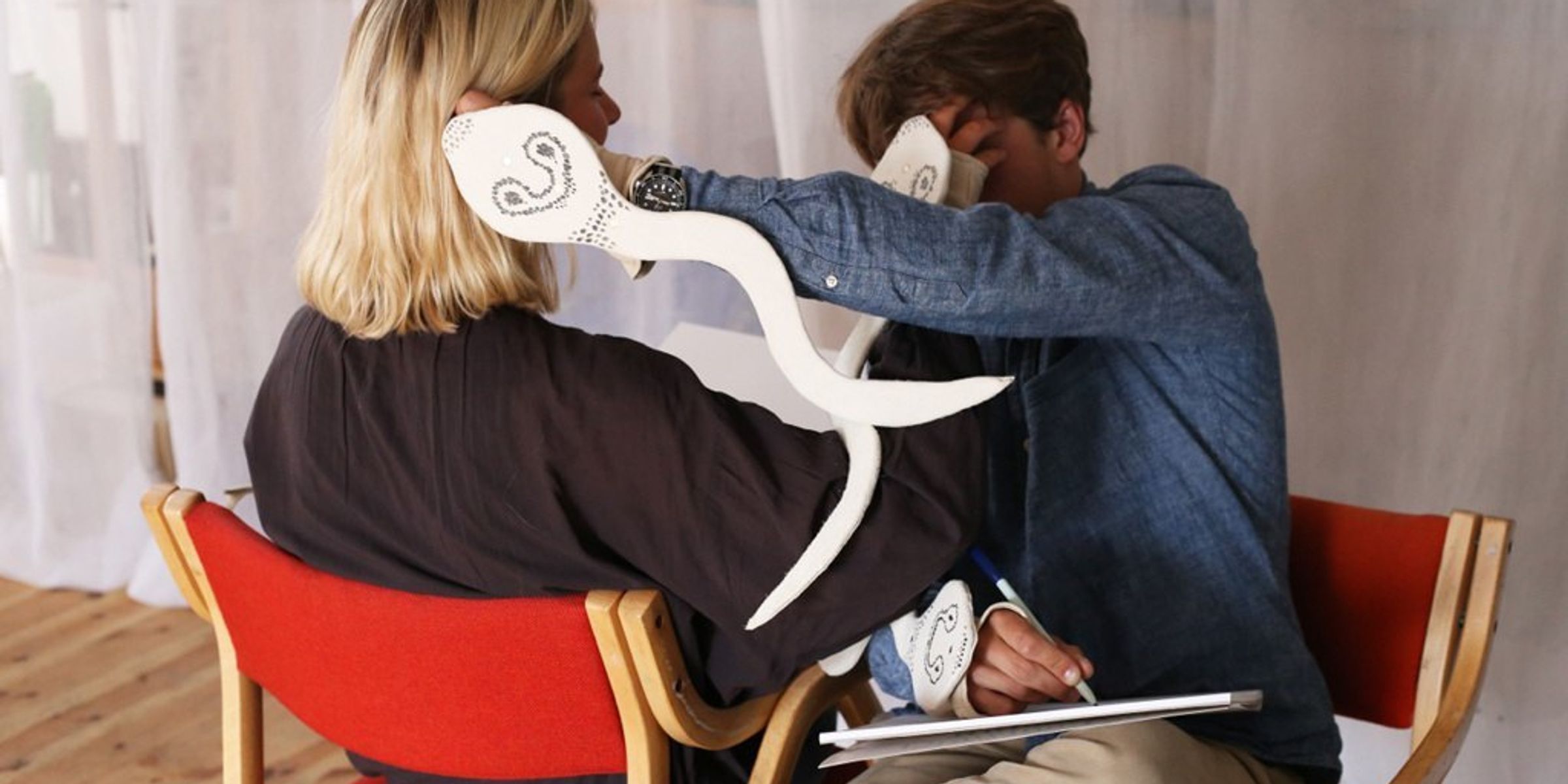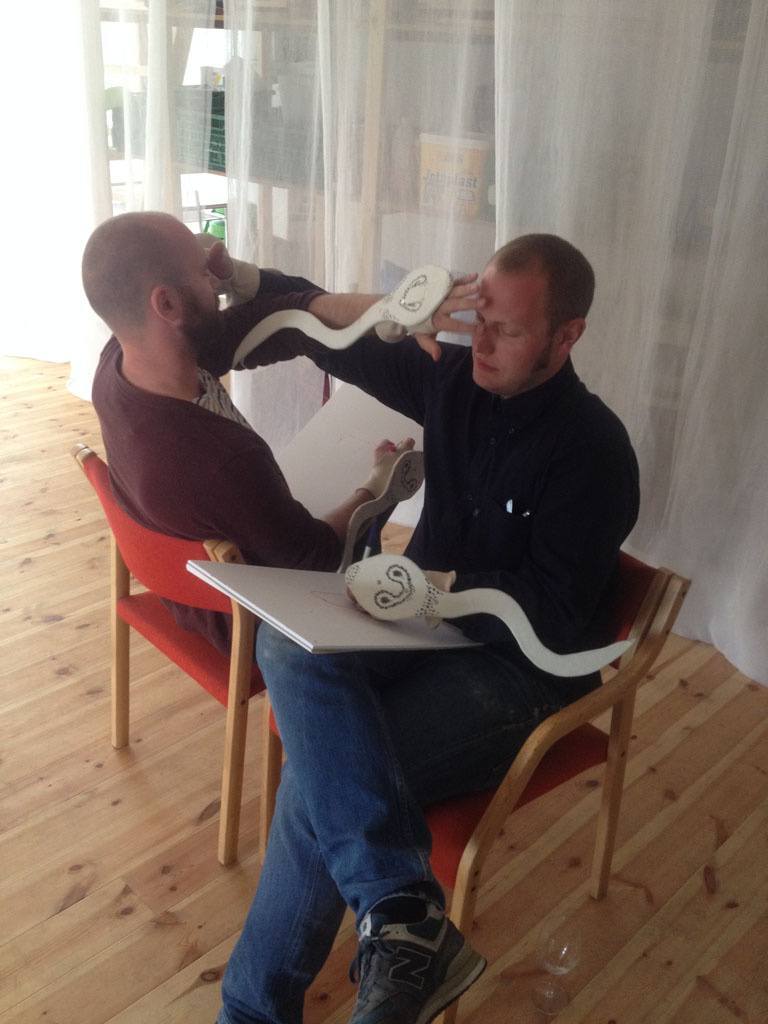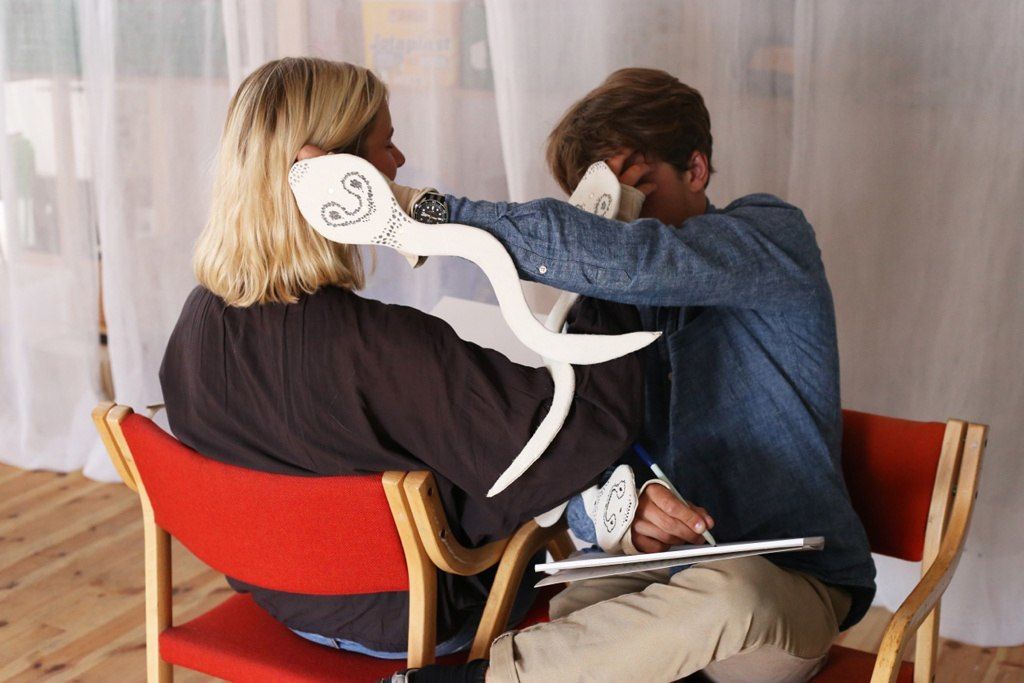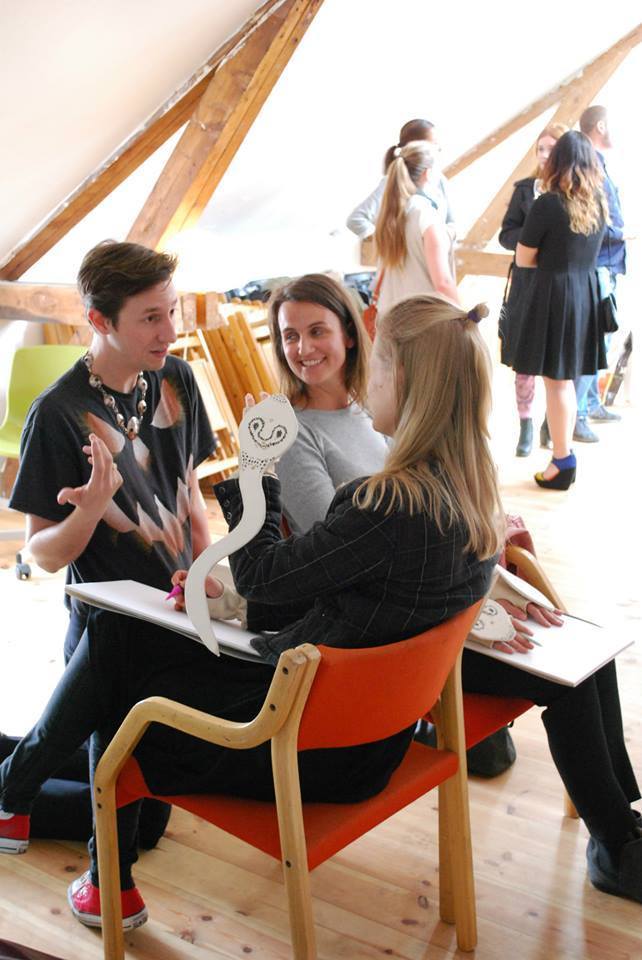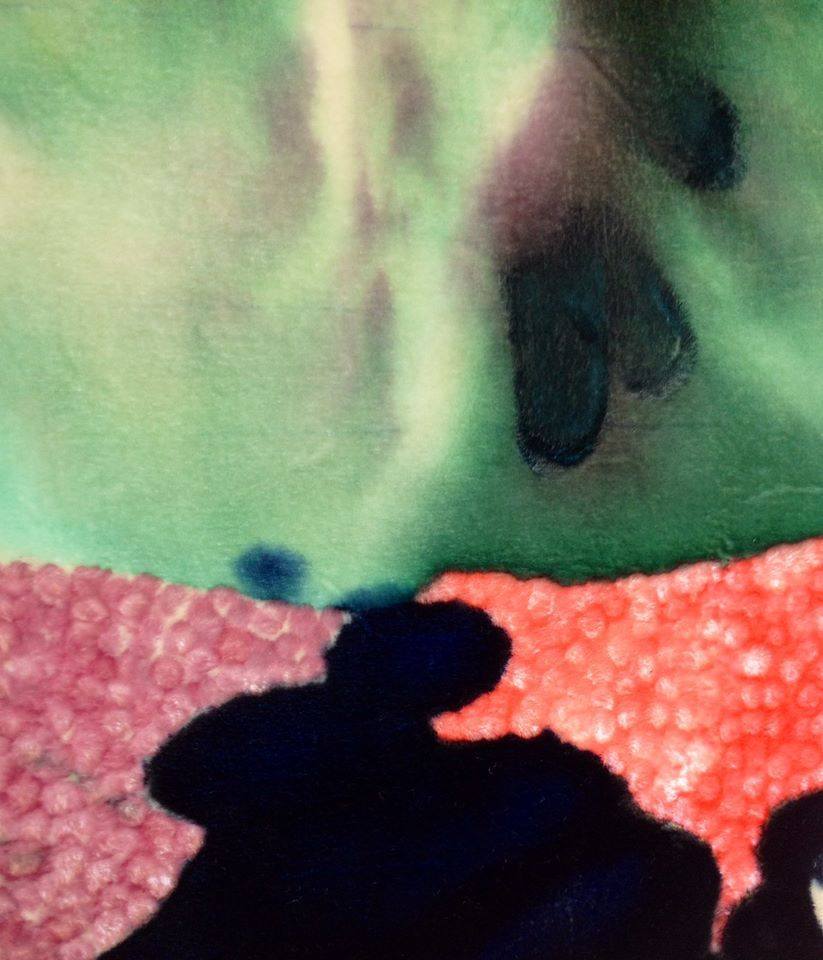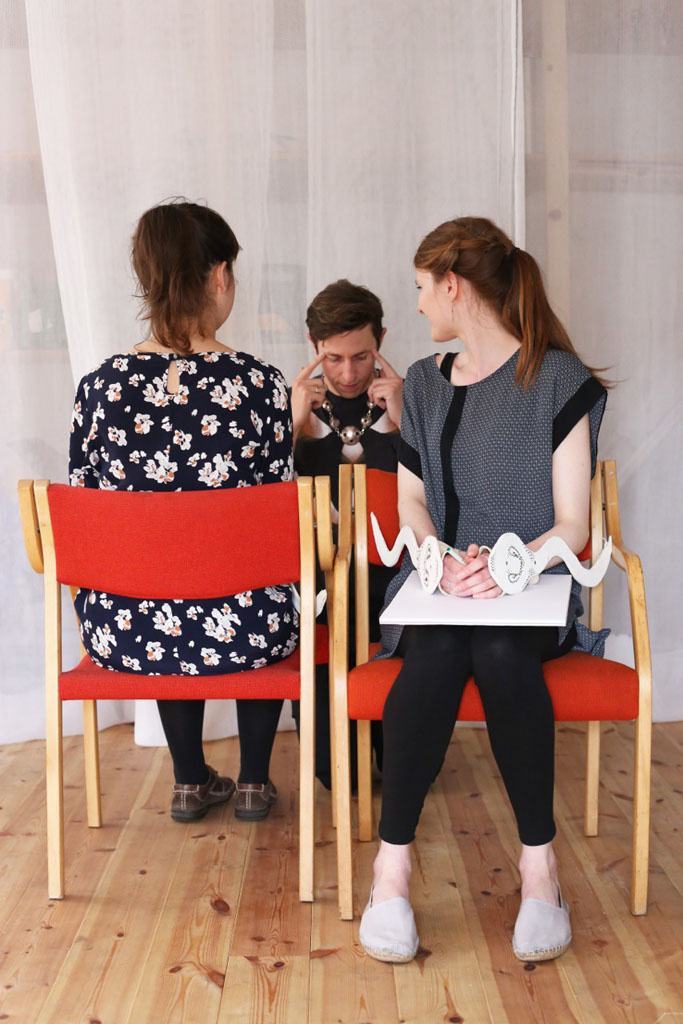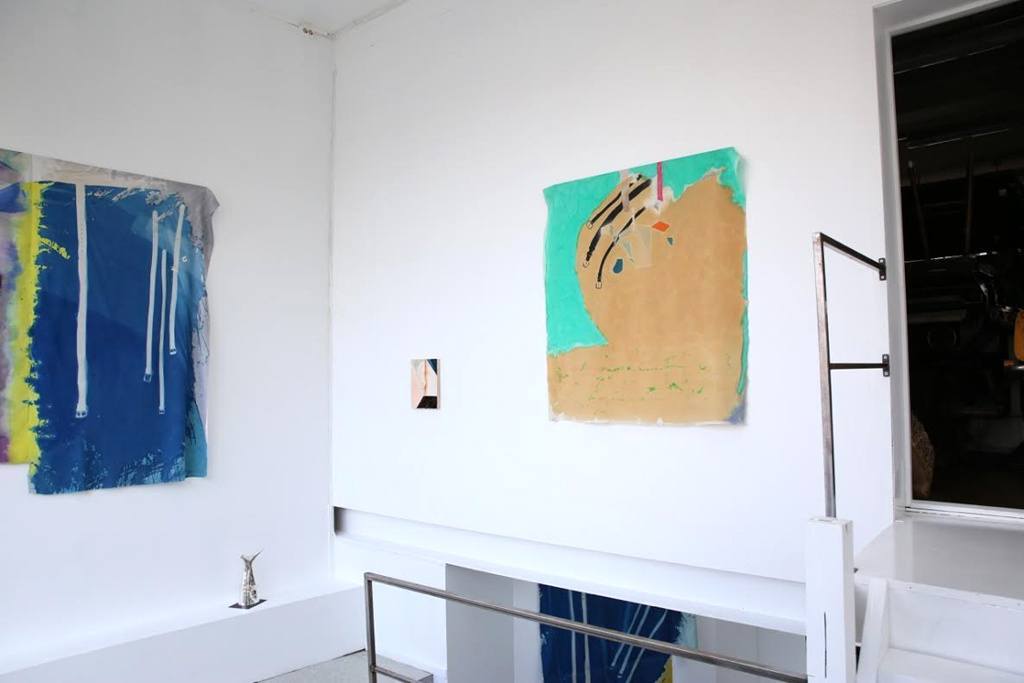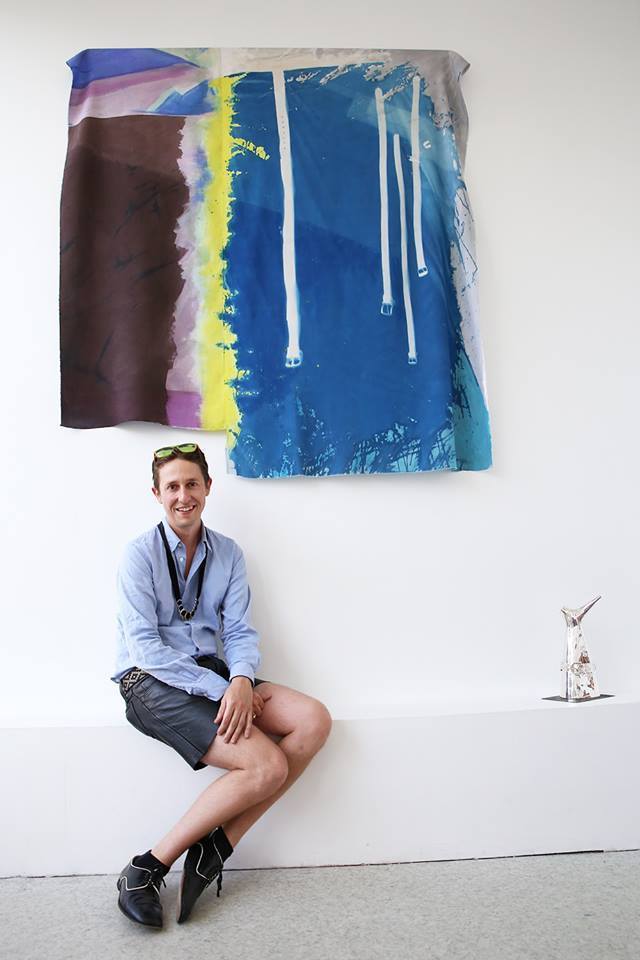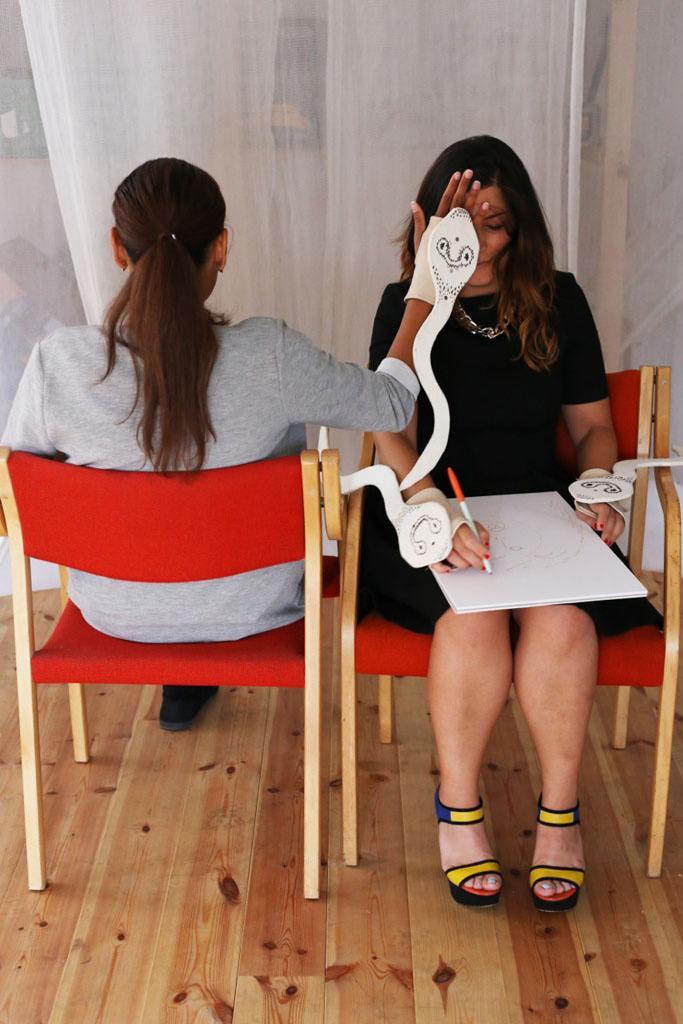
My name is Frida and I have something to say!
American artist Travis Boyer is currently artist in residence at Frida Hansens Hus in Hillevåg, Stavanger. In this piece, Boyer reflects on the similarities between two Fridas, Frida Hansen and Frida Kahlo, and their status, legacies, and art historical trajectories.
- EN
- 2 August 2014
- Free Form
